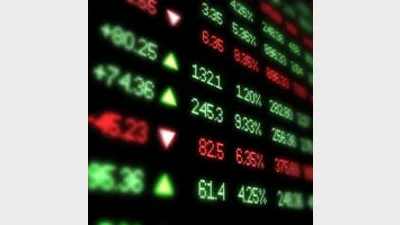Stick to long-term asset allocations, says Mercer



Despite the recent turmoil and market volatility, it is too early to determine whether the debt crisis in Europe and the USA will plunge the global economy back into recession, according to Mercer's head of dynamic asset allocation in Australia and New Zealand, David Stuart.
He recommended investors keep to long-term asset allocation benchmarks for riskier growth assets and rebalance as required.
"Although investors might be tempted to trade the peaks and troughs, this is a risky approach. In the current environment, we believe investors need to focus on their long-term investment targets," Stuart said.
Stuart defines 'long term' as being over the next 20 years.
"Now is not the time to be a hero - investors need to tread carefully and focus on the bigger picture," said Stuart. While there is a place for dynamic asset allocation [ie, medium term] changes, investors should not lose sight of long-term relationships. Equities have outperformed bonds and cash by between 4-6 per cent over the long term, he said.
"Emerging market equities have a positive, longer-term structural story, and recent underperformance has restored valuation opportunities," Stuart said.
Both global and Australian small caps retain an 'unattractive' rating.
"We have warned for some time that small caps were overvalued and investors needed to be careful, which has proved to be the case," said Stuart.
Mercer believes current low yields for global government bonds are unsustainable over the medium term and within defensive assets cash is the preferred asset, with investment grade credit and Australian government bonds having stretched valuations, he said.
Recommended for you
Ethical super fund Australian Ethical has announced the appointment of Anthony Lane as chief operating officer.
The structural shift towards active ETFs will reshape the asset management industry, according to McKinsey, and financial advisers will be a key group for managers to focus their distribution.
ASIC has warned that practices across the $200 billion private credit market are inconsistent and, in some cases, require serious improvement.
A surge in electricity prices has driven the monthly Consumer Price Index to its highest level in a year, exceeding forecasts.









